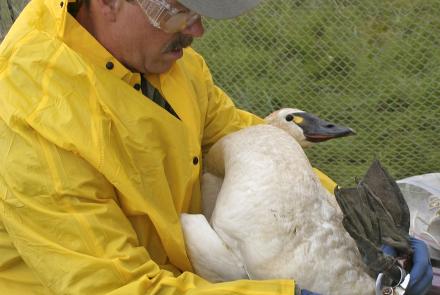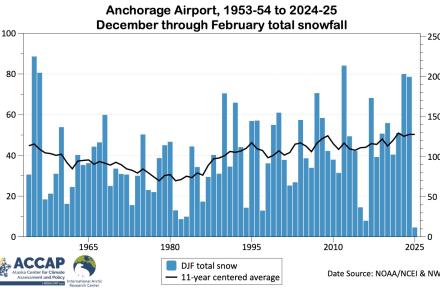The Hot Breath of Old Earth
Long ago, according to fossils preserved in rock, the world was a warm place all over. Alligators, amphibians, and tree ferns left fossil imprints in places where such warmth-needing organisms couldn't possibly exist now.
The evidence posed an annoying question. Why should it have been so hot just then, not earlier or later? Scientists tried some creative evasions; some thought plate tectonics provided the explanation--if the continents moved, perhaps the fossil-bearing rocks originated in warmer climes. But that would explain only some of the evidence. There was no avoiding it: during the Cretaceous Period, starting about 120 million years ago, Earth was indeed warmer than at any other time during the past 500 million years--and far warmer than the greenhouse effect will make it during the next century, even according to the most extreme scenarios.
According to Science magazine, some researchers now think they've figured out what happened. They've found evidence pointing to a huge increase of the leading greenhouse gas, carbon dioxide, during the Cretaceous hot spell. And they've found convincing clues to its source: volcanoes did it.
Marine geophysicist Roger Larson, of the University of Rhode Island, is an outspoken proponent of the volcanic theory. He and his colleagues believe that huge submarine eruptions riddled the floor of the Pacific Ocean about 120 million years ago. Eruptions bring up not just molten rock but also trapped gases; with a big enough outpouring of the right sort of lava, enough carbon dioxide would be released to produce a whopping greenhouse effect.
Larson's calculations and assessment of evidence from the Pacific floor show that huge subsea plateaus were created in a geologically short time, with perhaps as much as seven times more new oceanic crust being pumped into place than had been emplaced a few million years earlier. The increase came at about 125 million years before the present, continued through about 100 million years ago, then began an irregular decline.
Not everyone agrees with Larson's view. He's accused of building too big a structure with too few sample stones, and of making excessively generous assumptions about the sizes of subsea plateaus and midocean ridges now swallowed at least partially by continental plate margins. Even so, more conservative scientists agree that the measurable oceanic plateaus remaining, plus the flood basalts that can be seen on land, add up to a remarkable spate of volcanism in the Cretaceous.
Even if volcanic activity didn't quite turn the proto-Pacific Ocean into a seltzer sea a-bubble with carbon dioxide heading for the atmosphere, ocean waters apparently held an excess of carbon. Sedimentary rocks laid down in the deep ocean floors of the time show signs of the original sediment's corrosion by seawater carbonic acid. Extra organic matter fell to the bottom then, storing away more of the carbon.
Further evidence shows the Cretaceous skies were oversupplied with carbon dioxide. Using several different indirect methods, all based on the carbon isotope composition of marine sediments, geochemists have been able to measure--they think--the carbon dioxide in the Cretaceous atmosphere. The extremes estimated with these methods are of carbon dioxide peak concentrations from four to twelve times that of Earth's present atmosphere.
In terms of greenhouse gases, that is a lot of hot air indeed. Atmospheric modelers have shown that anything above twice present concentrations should be enough to account for the mid-Cretaceous hot spell.
So it looks as if the pole-to-pole warmth was caused by the greenhouse effect, and the greenhouse gases came from massive volcanic activity. Now, if they could only figure out what caused the eruptions to increase so much then...




